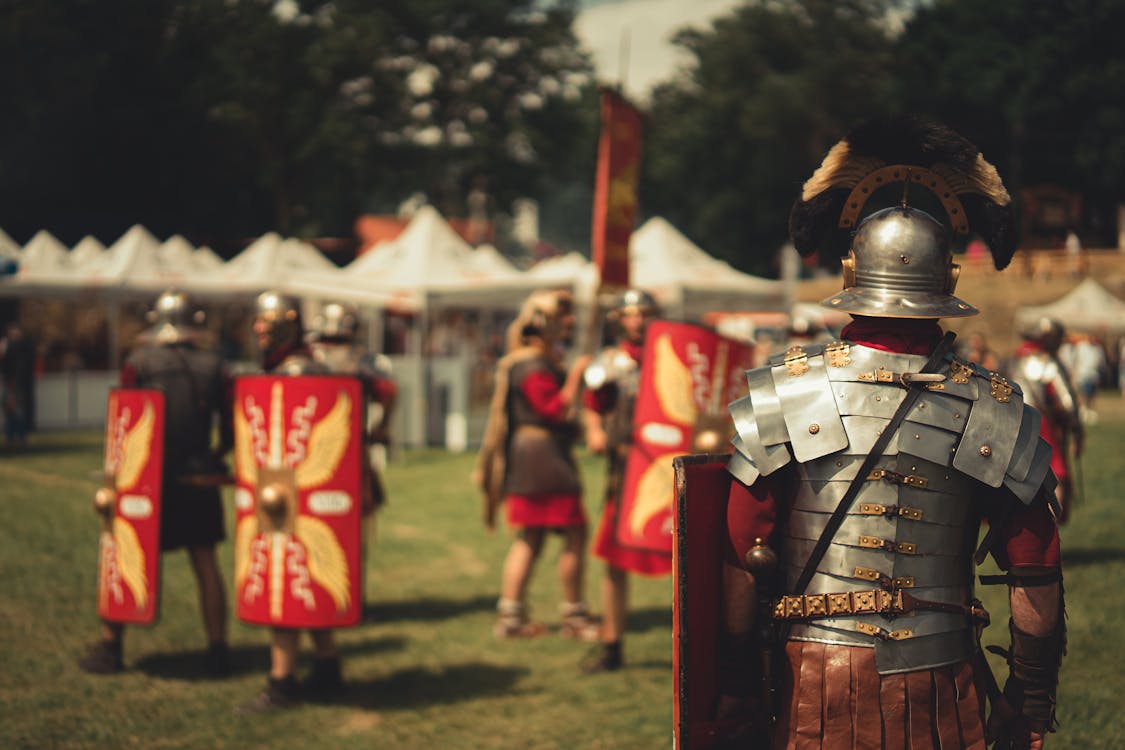Introduction
The Roman Empire is widely regarded as one of the greatest empires in world history. Spanning over a thousand years, from its founding in 753 BC to its collapse in 476 AD, the Roman Empire was characterized by its vast size, military prowess, and cultural achievements. This article will explore the rise and fall of the Roman Empire, with a focus on the key factors that led to its growth and eventual decline.
1: The Rise of the Roman Empire
The Roman Empire was founded on the Italian Peninsula in 753 BC, and it quickly expanded through conquest and diplomacy. The Roman Republic, established in 509 BC, was characterized by its system of government, which was based on a complex system of checks and balances that helped to maintain stability and prevent the abuse of power.
During the Punic Wars, Rome gained control over the Mediterranean world, and by the end of the 2nd century BC, the Roman Republic had become the dominant power in the Mediterranean world. In the 1st century BC, Julius Caesar became the first Roman ruler to take the title of emperor, marking the end of the Roman Republic and the beginning of the Roman Empire.
Under the leadership of Augustus, the first emperor of Rome, the Roman Empire expanded its territories and continued to grow in size and power. Augustus established a strong central government, and he implemented a series of reforms that helped to strengthen the empire and promote stability. The Roman Empire also made significant advances in areas such as architecture, engineering, and the arts, which helped to cement its reputation as one of the greatest empires in world history.
2: The Decline of the Roman Empire
The decline of the Roman Empire was a complex and gradual process that was caused by a combination of factors, including economic decline, military weakness, political instability, and cultural decay.
The Roman economy, which had been based on slavery, became increasingly fragile over time, as the cost of maintaining the vast empire became increasingly unsustainable. Additionally, the empire was plagued by military weakness, as its armies became bogged down in costly wars and its frontiers were threatened by invading barbarian tribes.
Political instability also played a role in the decline of the Roman Empire. The empire was plagued by corruption and power struggles, as successive emperors struggled to maintain control in the face of internal revolts and external threats. This political instability contributed to a loss of trust in the imperial government, which further weakened the empire.
The final nail in the coffin for the Roman Empire was cultural decay. The once-great empire was plagued by a decline in civic values and a loss of moral authority, as its people became increasingly disinterested in their political and cultural heritage. This cultural decay contributed to a sense of hopelessness and despair, and it helped to further weaken the already-fragile empire.
Conclusion
The rise and fall of the Roman Empire remains one of the most fascinating and significant events in world history. From its humble beginnings on the Italian Peninsula, the Roman Empire grew to become one of the greatest empires in world history, characterized by its military prowess, cultural achievements, and political stability. Despite its eventual decline, the Roman Empire remains an important part of our cultural heritage, and its legacy continues to shape the world we live in today.
![In the Know with Informium: Discovering [The World] In the Know with Informium: Discovering [The World]](https://blogger.googleusercontent.com/img/a/AVvXsEgcDyR0p1ytrjUEjbVNRJ1Rt66C4X1HYJkQZjuSh_BLJNHQVjppjSqTkcbP2tqgWZ84RhZMkFxCHCC-SxGuMPnSww7DG8x0MVE6d7sDvaEGkbPJuvtq_uY2i7hHDjuprQUzeDt2QcAcWChEFl49Huojm3fLHYpSjoXabD75WmhgSI2yfCktm3WuB86PMQ=s150)
